| Structure | Name/CAS No. | Articles |
|---|---|---|
 |
sucrose
CAS:57-50-1 |
|
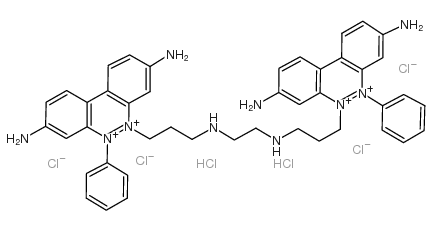 |
Ethidium homodimer
CAS:61926-22-5 |
|
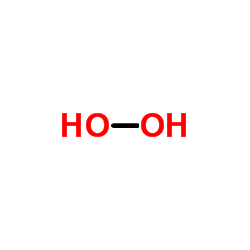 |
Hydrogen peroxide
CAS:7722-84-1 |
|
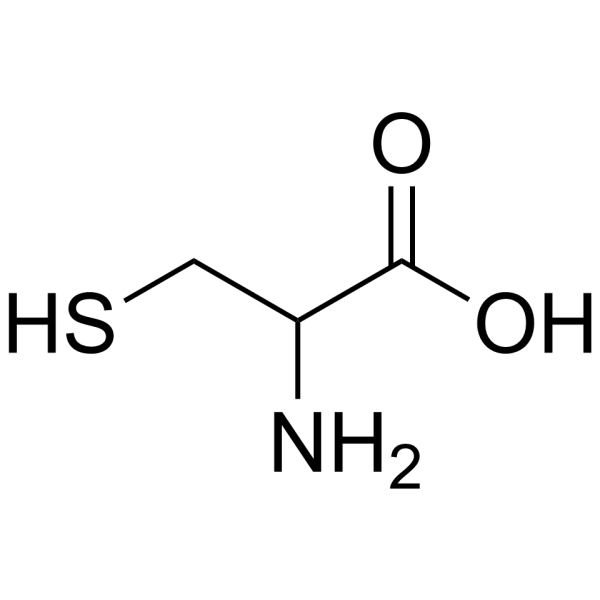 |
DL-CYSTEINE (1-13C)
CAS:3374-22-9 |
|
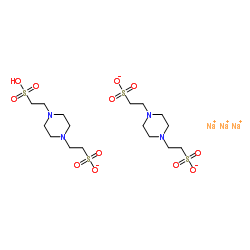 |
PIPES
CAS:5625-37-6 |
|
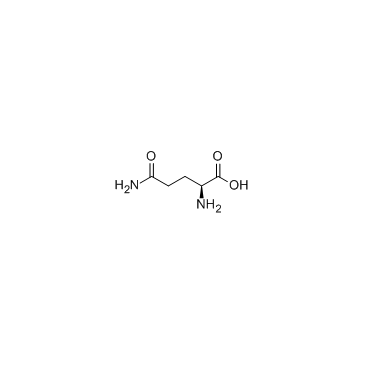 |
L-Glutamine
CAS:56-85-9 |
|
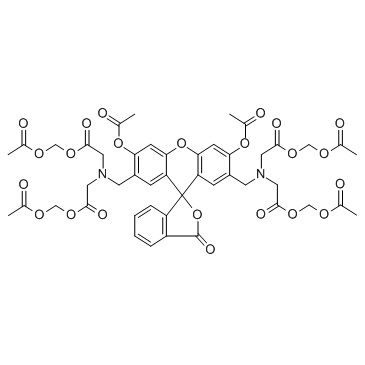 |
Calcein-AM
CAS:148504-34-1 |
|
 |
Manganese
CAS:7439-96-5 |